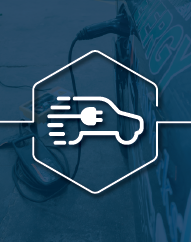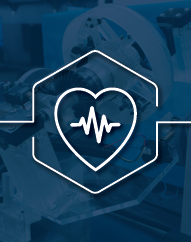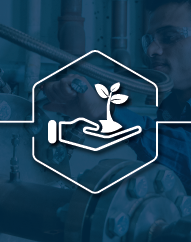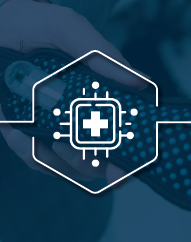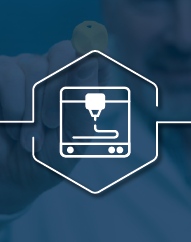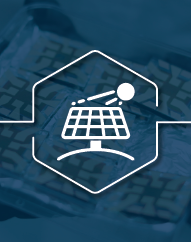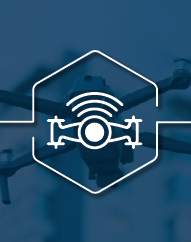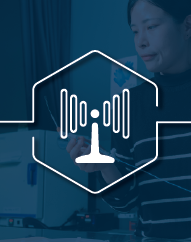This Pacifier Could Monitor Babies’ Vitals in the NICU
The baby-friendly device is designed to measure electrolyte levels in real time, and could eliminate the need for repeated, painful blood draws.
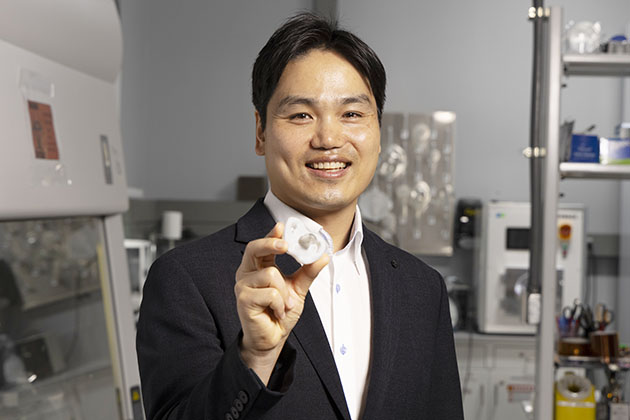
Hong Yeo, associate professor and Harris Saunders Jr. Endowed Professor in the George W. Woodruff School of Mechanical Engineering, came up with the pacifier idea at a pediatric technology conference.
A small but powerful invention could make life in the NICU easier for the tiniest patients.
Newborns must have their vitals checked frequently, and one of the most critical measures of newborn health is electrolyte levels. Right now, the only way to monitor electrolytes is to draw their blood multiple times a day. This can be painful and frightening for babies, and challenging to perform for medical staff, who can have trouble drawing blood from tiny, underdeveloped blood vessels.
Now, researchers at the Georgia Institute of Technology have developed a pacifier designed to monitor a baby’s electrolyte levels in real time, potentially eliminating the need for repeated invasive blood draws.
Hong Yeo, associate professor and Harris Saunders Jr. Endowed Professor in the George W. Woodruff School of Mechanical Engineering, came up with the pacifier idea at a pediatric technology conference. Doctors described daily challenges they face in caring for sick newborns, and the lack of noninvasive monitoring systems.
“I wanted to come up with a noninvasive solution for constant electrolyte monitoring, and I decided to focus on something babies like: pacifiers. I immediately thought, ‘OK, I can do something with that.’” — Hong Yeo
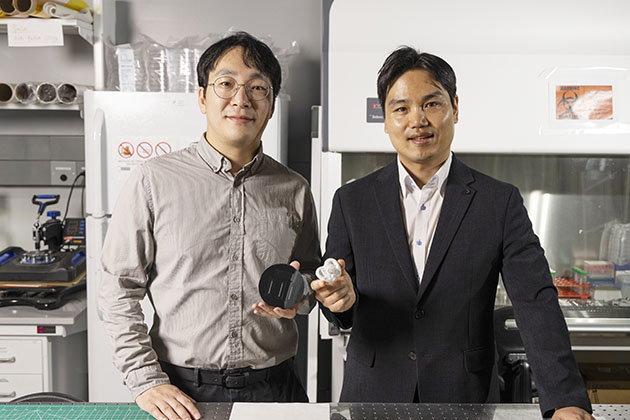
Hojoong Kim (left), a research professor at the WISH Center and program manager of the KIAT-Georgia Tech Semiconductor Electronics Center, developed special electronic circuits specifically for the pacifier device.
“Physicians told me about the blood draw issue, which happens over and over again as babies sometimes have to stay in the NICU for weeks and even months,” said Yeo, who directs the Wearable Intelligent Systems and Healthcare Center (WISH Center) at the Institute for Matter and Systems.
“I wanted to come up with a noninvasive solution for constant electrolyte monitoring, and I decided to focus on something babies like: pacifiers. I immediately thought, ‘OK, I can do something with that.’”
Yeo purchased a few commercially available pacifiers and started brainstorming potential designs. He realized that if he and his team could figure out how to collect a baby’s saliva with the pacifier, then they would likely be able to attach flexible membrane sensors using his existing miniaturization technologies.
The team constructed a tiny tunnel, or microfluidic channel, into the body of the pacifier. The opening at the pacifier’s nipple draws saliva into the channel, which then guides the saliva through the device and into a reservoir equipped with ion-detecting sensors. The sensors react to sodium and potassium ions, constantly measuring their levels.

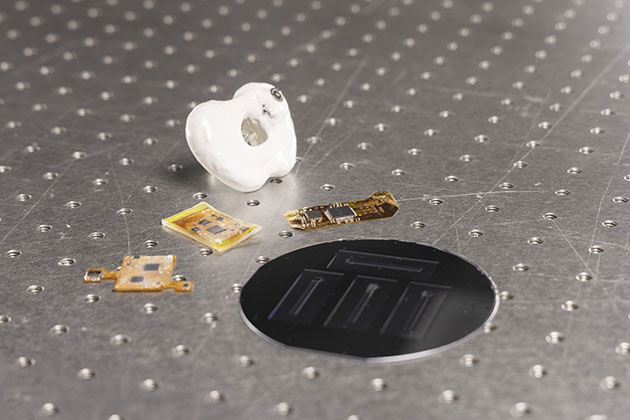
The pacifier device is made of several key components, including flexible sensors, thin-film circuits, and a wafer for making microfluidic channels.
Hojoong Kim, a research professor at the WISH Center and program manager of the KIAT-Georgia Tech Semiconductor Electronics Center (which Yeo directs), developed special electronic circuits specifically for the pacifier device.
“To make the pacifier wireless, we designed an ultrathin, membrane-based electronic circuit,” Kim said. “We used our technology to make the circuit extremely thin and floppy, so it is flexible and soft in a way that it can be mounted to almost any surface.”
The team installed their flexible circuit on the back side of the pacifier. There, they integrated all the circuit’s wireless components to be compatible with conventional Bluetooth. The system sends the data wirelessly, so physicians can use a smartphone or tablet to receive a real-time, continuous flow of data about a baby’s vitals at any given moment.
This constant data flow paints a fuller picture of babies’ health, and it means serious issues can be detected sooner. If any abnormal signs arise during monitoring, the system alerts the clinicians or medical staff who are using the device.
“As far as I know, this is the only device in the world that can measure a baby’s electrolyte concentrations continuously.” — Hong Yeo
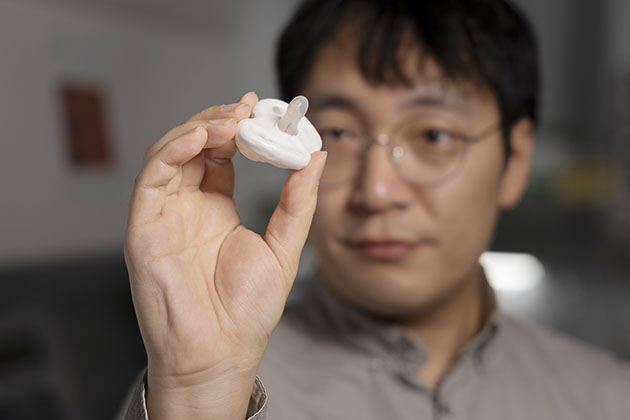
Hojoong Kim examines the team's wireless pacifier prototype.
According to Yeo, the team continually works to develop and optimize the pacifier technology. Currently, the team is seeking funding and commercialization partners that can help take the technology to the next level and into the world.
“Once we get it into hospitals, I think the device will be a game-changer for pediatric health monitoring,” Yeo said. “As far as I know, this is the only device in the world that can measure a baby’s electrolyte concentrations continuously.”
The researchers also think the technology can be expanded further to benefit additional patient populations. The concept of using saliva as a noninvasive way of measuring important disease biomarkers can be greatly expanded, Yeo says.
“This is an important step in showing that this technology can work, and this is just the beginning,” Yeo said. “We hope to integrate the technology with other electrical sensors and systems to achieve comprehensive health monitoring that wasn’t possible until now.”
Note: Soonmin Lee (clinician at Yonsei Medicine), Hyo-Ryoung Lim (former postdoctoral fellow), and Musa Mahmood (former Ph.D. student) also played a major role in developing this technology.
Funding: National Science Foundation Research Traineeship program, WISH Center (Institute for Matter and Systems), and K-GTSEC Center.

Writer and Media Contact: Catherine Barzler | catherine.barzler@gatech.edu
Photos and Video: Christopher McKenney
Copy Editor: Stacy Braukman
Design: Josie Giles
Series Design: Stephanie Stephens
About Georgia Tech Commercialization
Georgia Tech Commercialization provides a foundation for faculty seeking to translate the Institute's leading-edge research into real-world applications. Commercialization encompasses four pivotal units: CREATE-X, VentureLab, Quadrant-i, and Technology Licensing. These units empower students and faculty to launch startups, provide comprehensive commercialization support, manage intellectual property, and facilitate the transformation of research into viable businesses. The Office of Commercialization’s mission is to provide world-class commercialization services, catalyzing research and innovation to improve the human condition, and enhancing Georgia Tech's position as a leader in technology and entrepreneurial impact.
Paradigm Shifters Series
New Smart Charger May Pave the Way for More EVs
The revolutionary system allows for cheaper, carbon-free charging and aims to reduce the burden on the electric grid as more EVs enter the roadway.
World’s Smallest Robotic Guidewire Improves Surgical Precision
The robot is a groundbreaking surgical device that helps doctors navigate blood vessels with precision during procedures like angioplasty.
Researchers Create a Low-Emission, Fuel-Flexible Combustion System
This new combustor uses carbon-free fuels that will power planes and heat buildings.
New Wearable Device Monitors Joint Pain
Arthroba enables everyday people and their doctors to follow their joint health in real time.
New Implant May Help Patients Regenerate Their Own Heart Valves
Georgia Tech researchers have developed a groundbreaking 3D-printed, bioresorbable heart valve that promotes tissue regeneration.
Researchers Build Stable Solar Panel Without Silicon
Solar power as an electricity source is growing in the U.S., but scientists are still trying to make the solar panel production process more efficient.
Startup Targets Building Energy Inefficiencies With AI and Drones
Lamarr.AI uses drones, AI, and thermal imaging to identify energy inefficiencies in buildings, offering a faster, safer, and more accurate solution.
This Pacifier Could Monitor Babies’ Vitals in the NICU
The baby-friendly device measures electrolyte levels in real time, eliminating the need for repeated, painful blood draws.
This Small Sensor Could Make Huge Impacts on Brain Injury Treatment
Researchers develop a tinier sensor for less invasive intracranial monitoring.

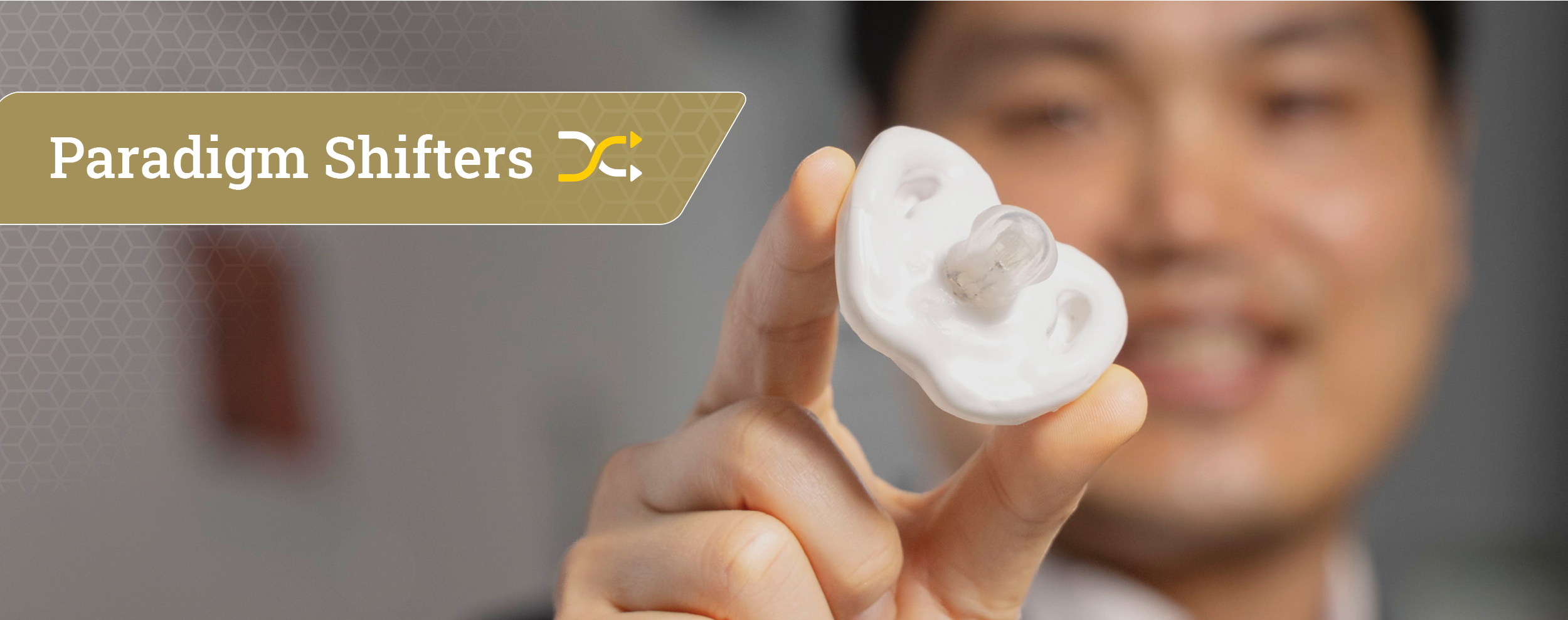
 Family Loss Brings About Medical Breakthrough
Family Loss Brings About Medical Breakthrough 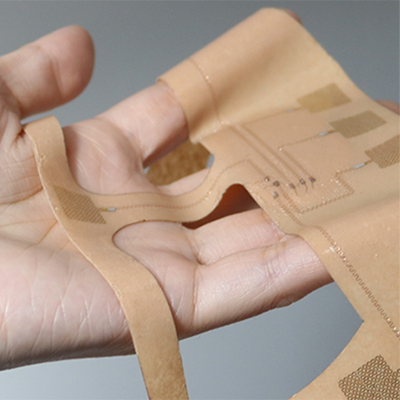 Georgia Tech Researchers Develop Wireless Monitoring Patch System to Detect Sleep Apnea at Home
Georgia Tech Researchers Develop Wireless Monitoring Patch System to Detect Sleep Apnea at Home 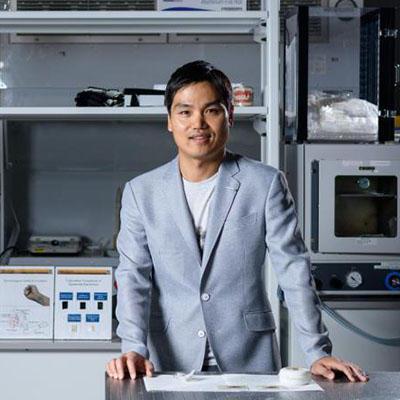 $3 Million NSF Grant Will Support Training in Sustainable Medical Devices
$3 Million NSF Grant Will Support Training in Sustainable Medical Devices 